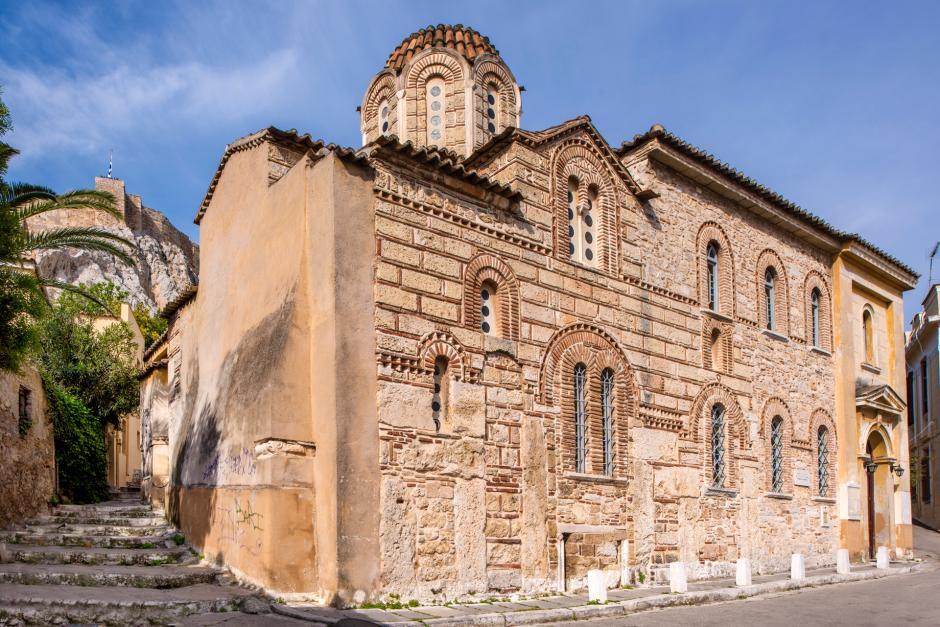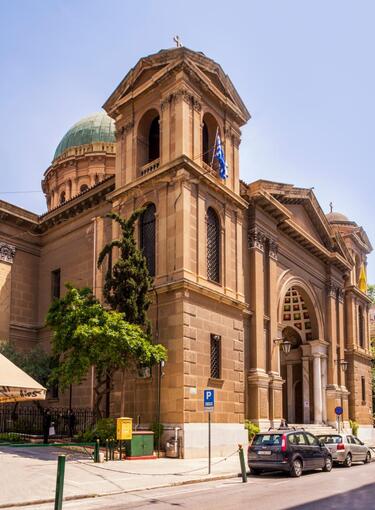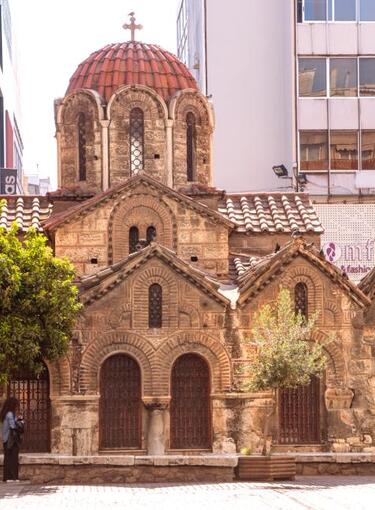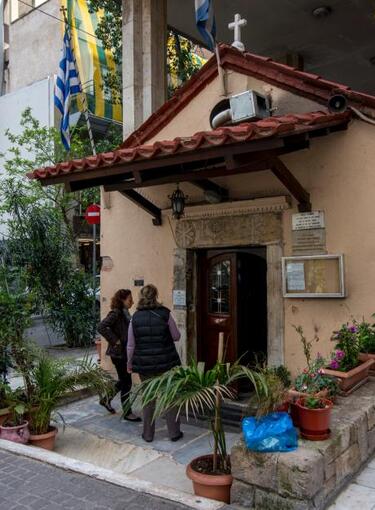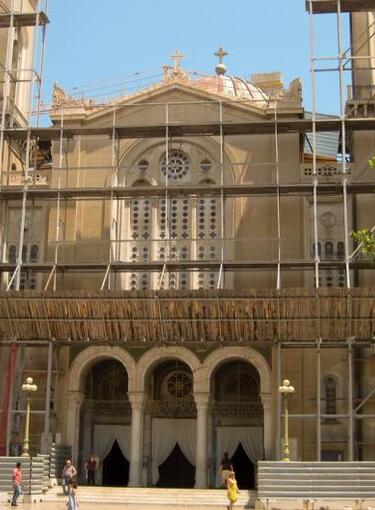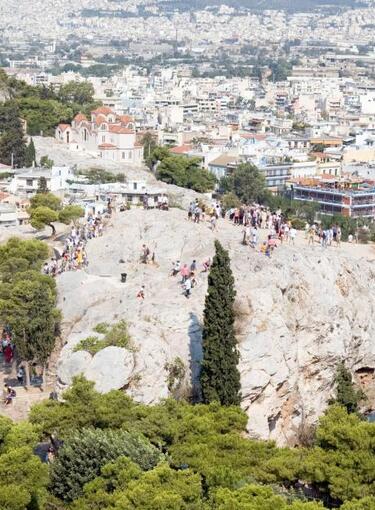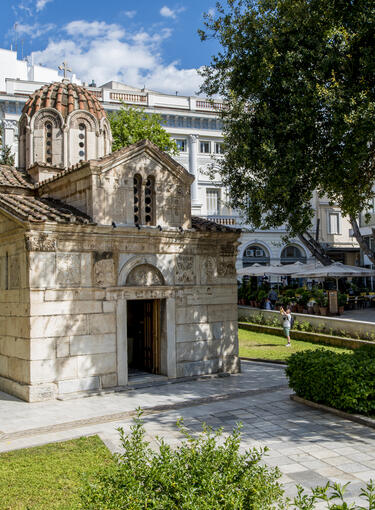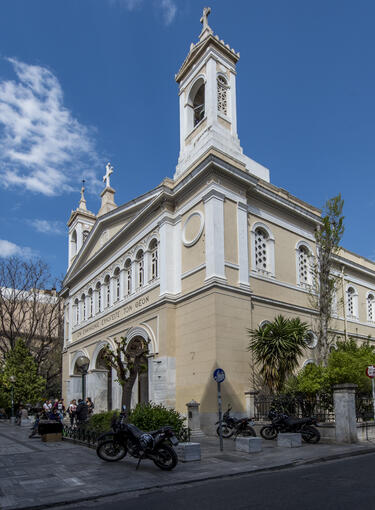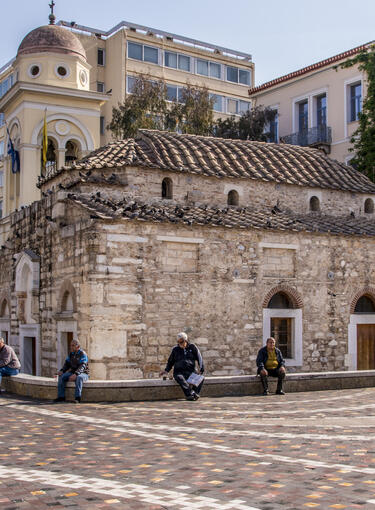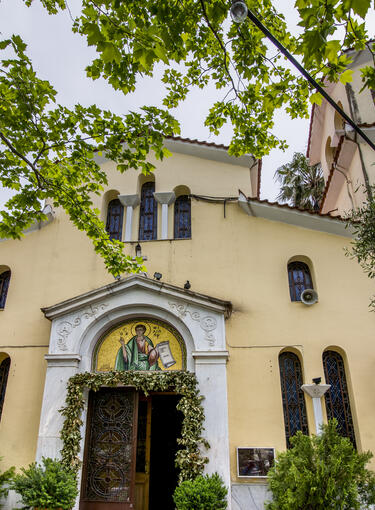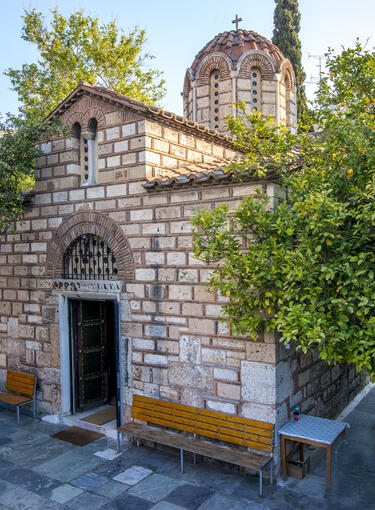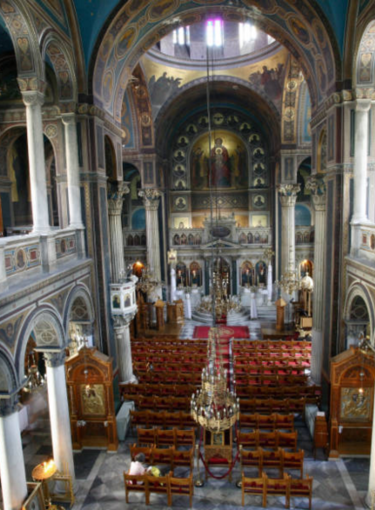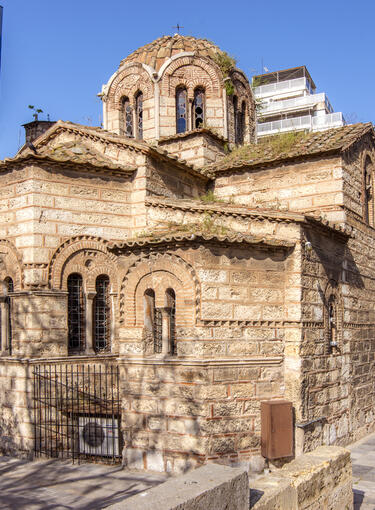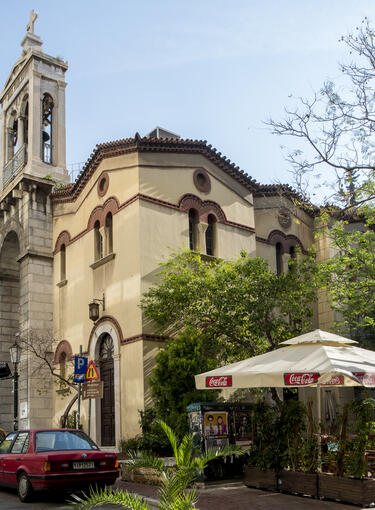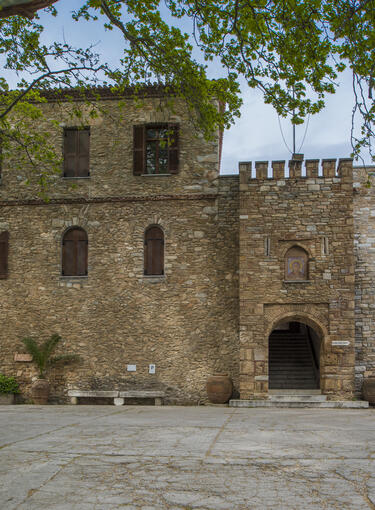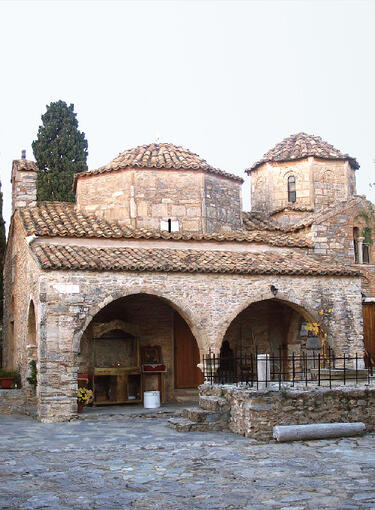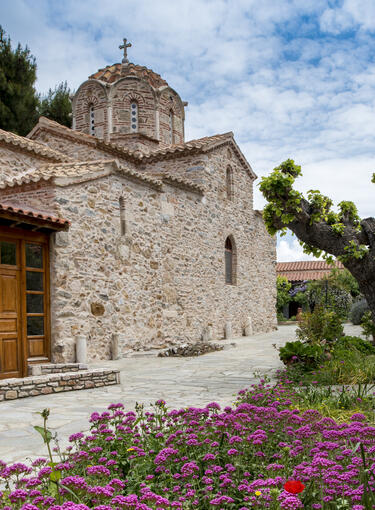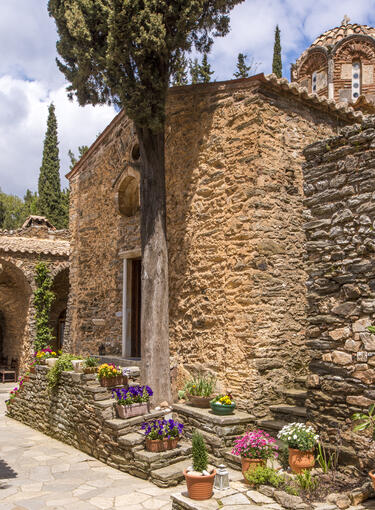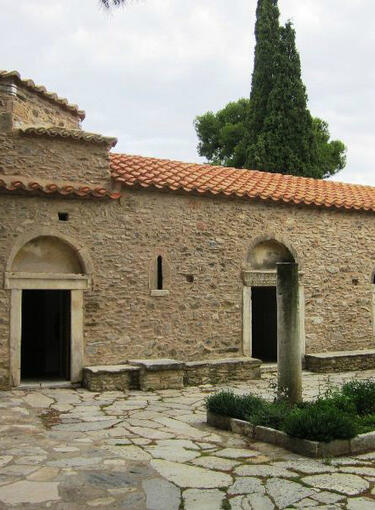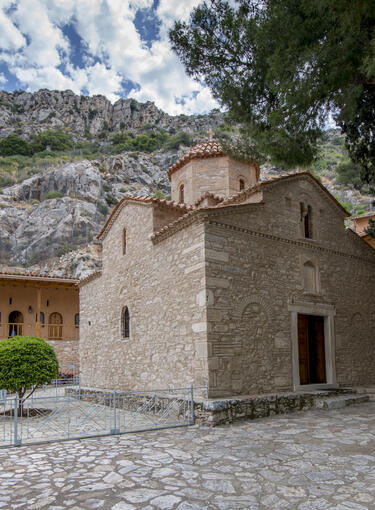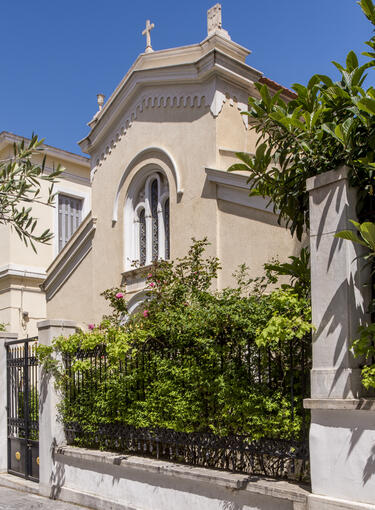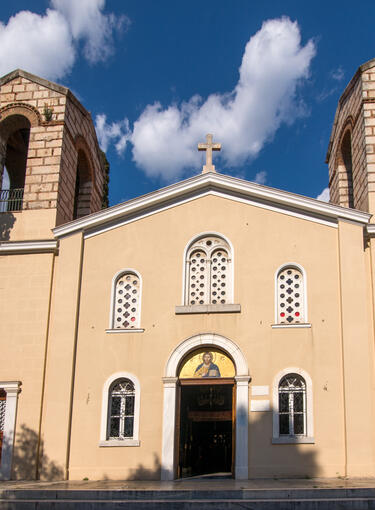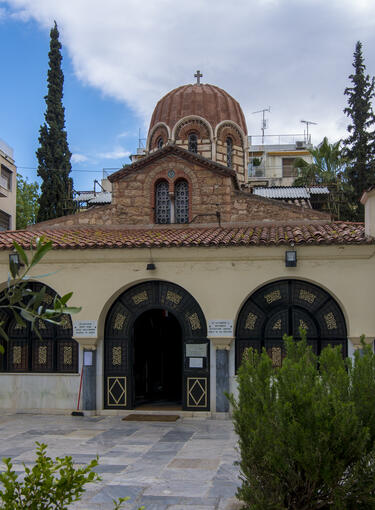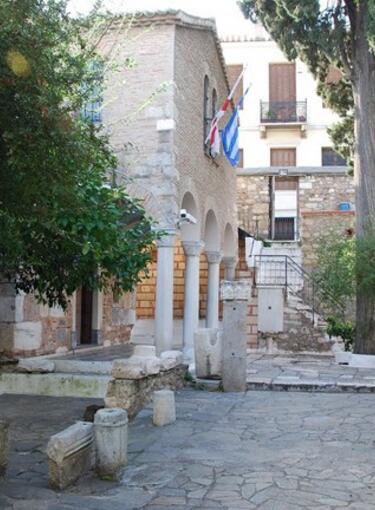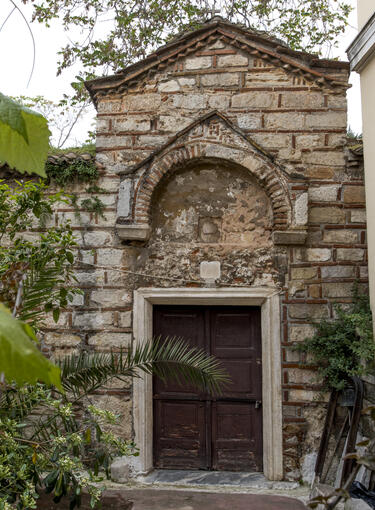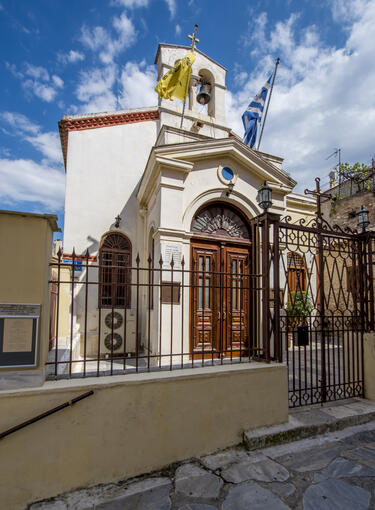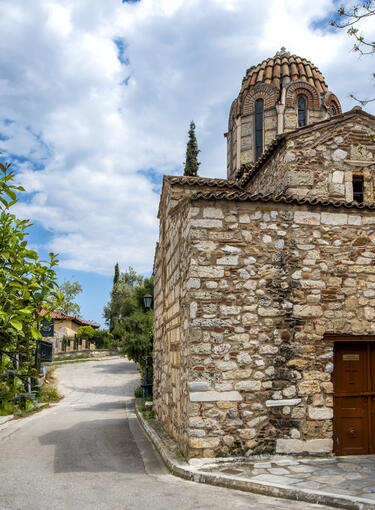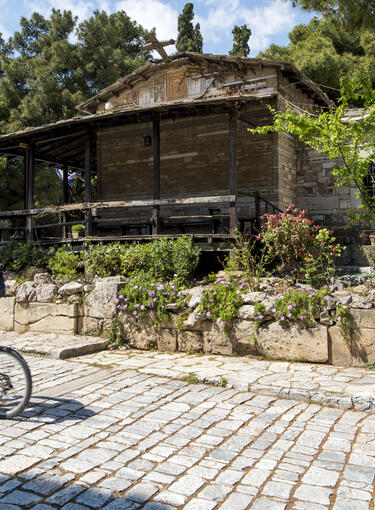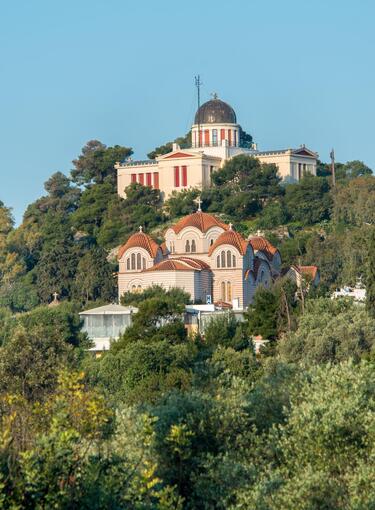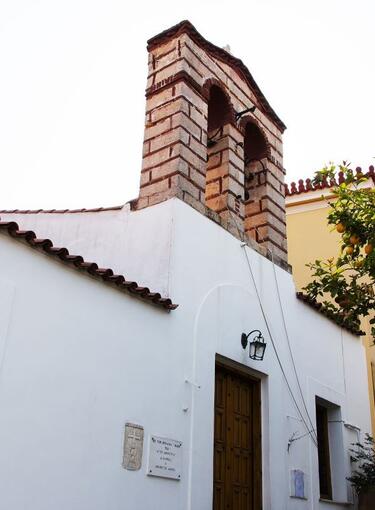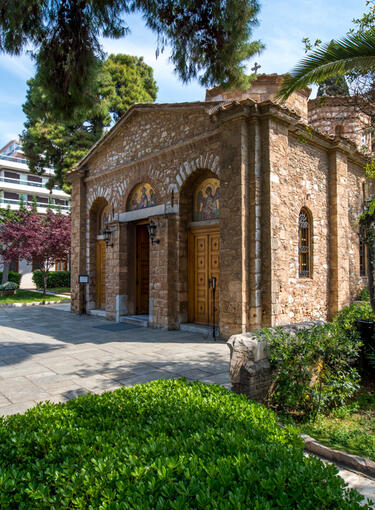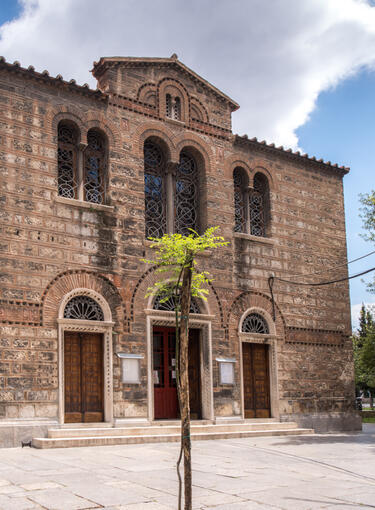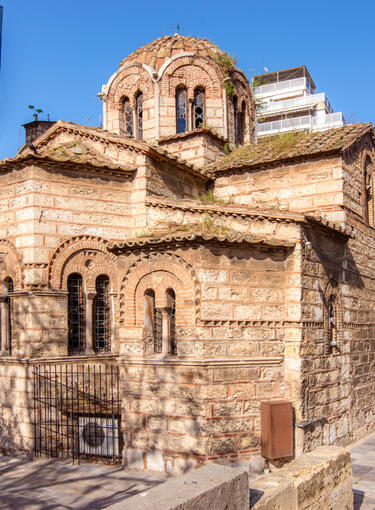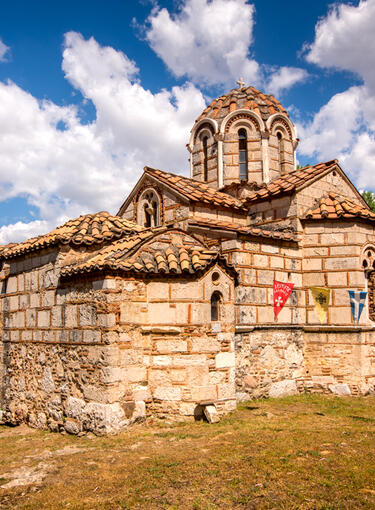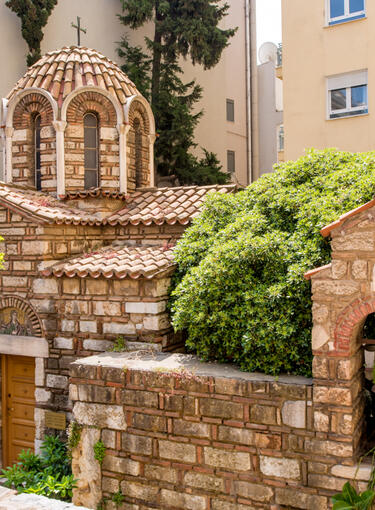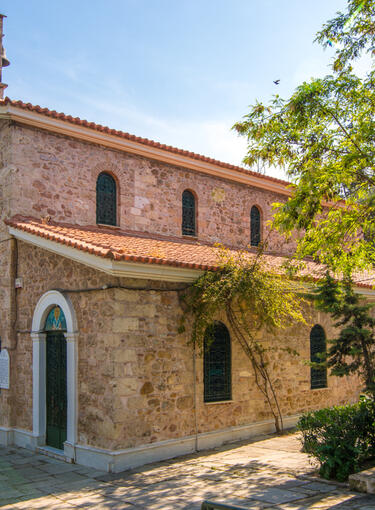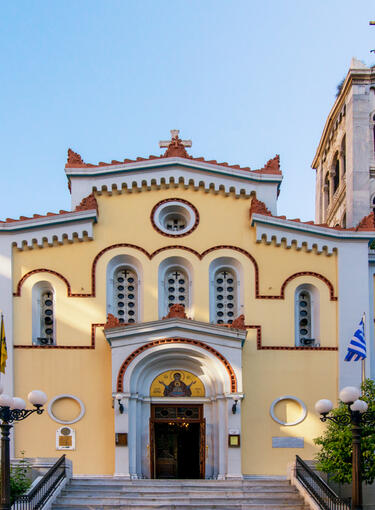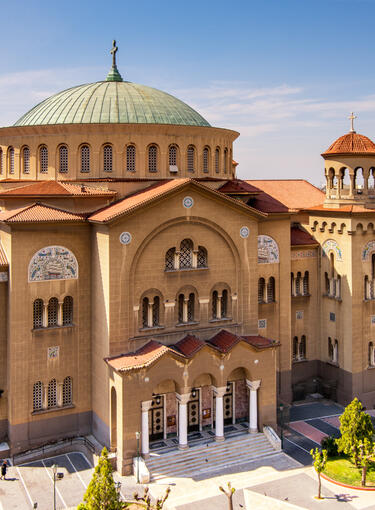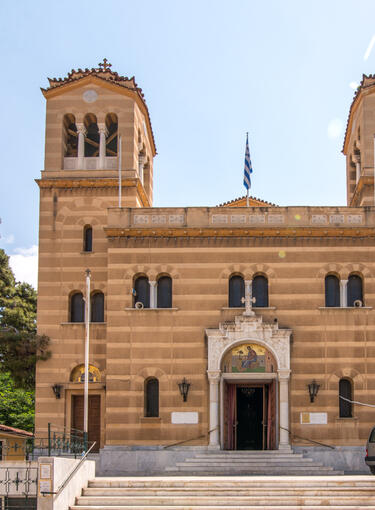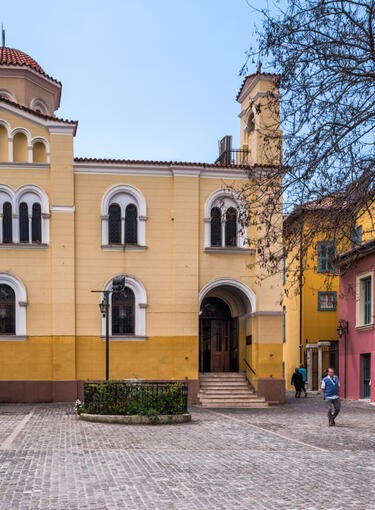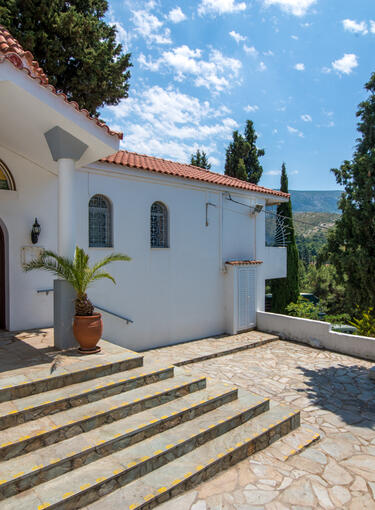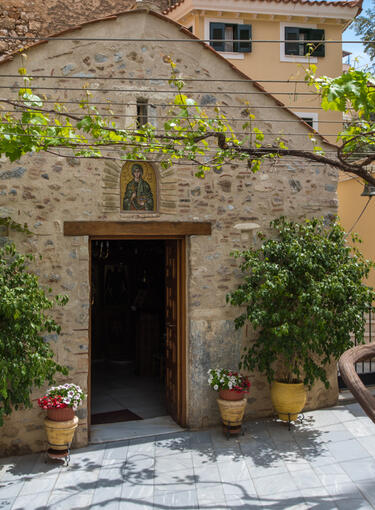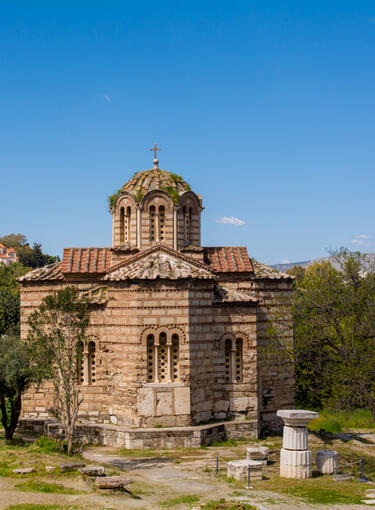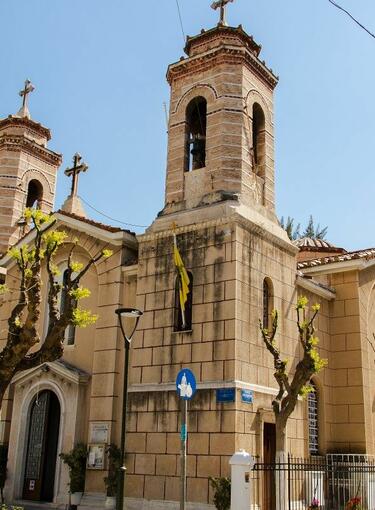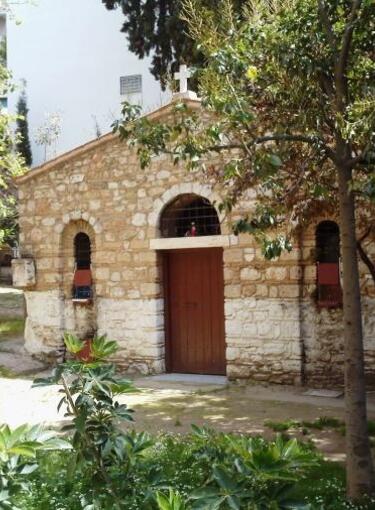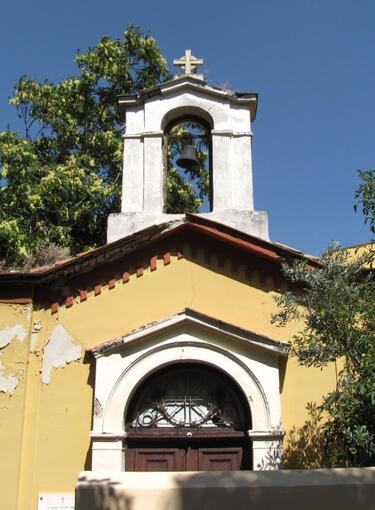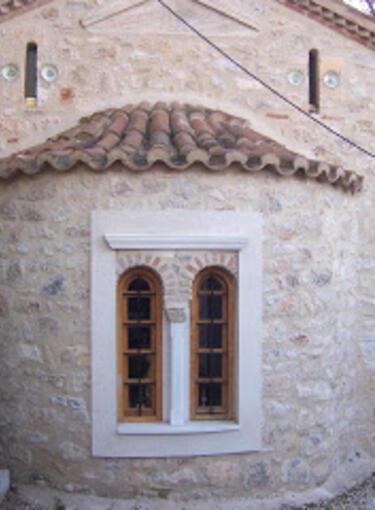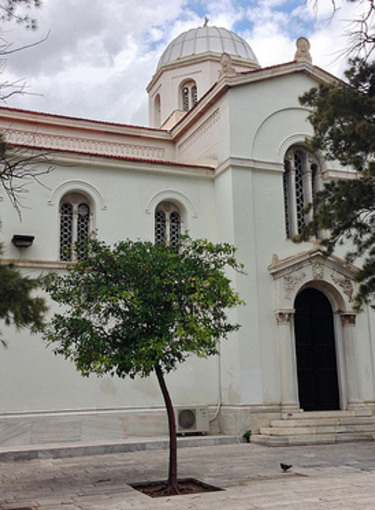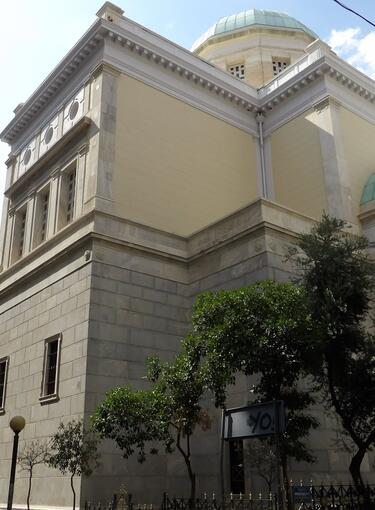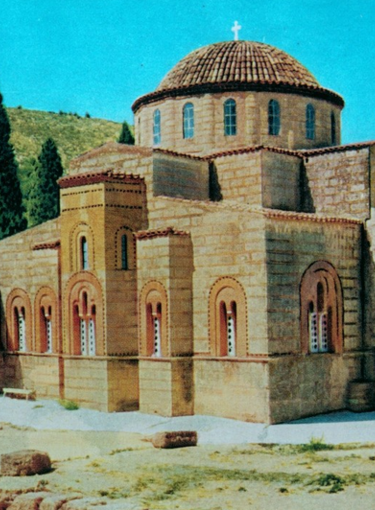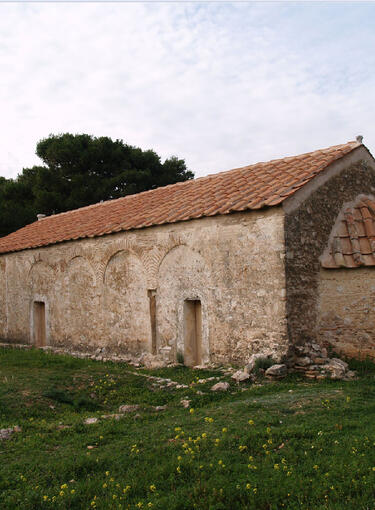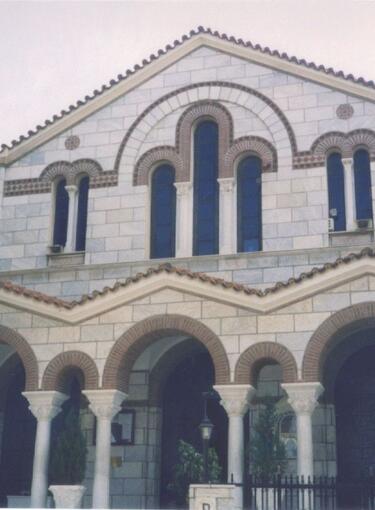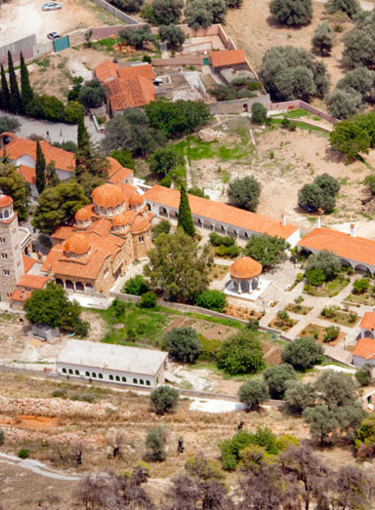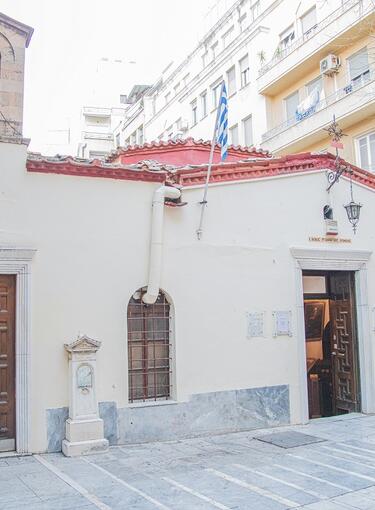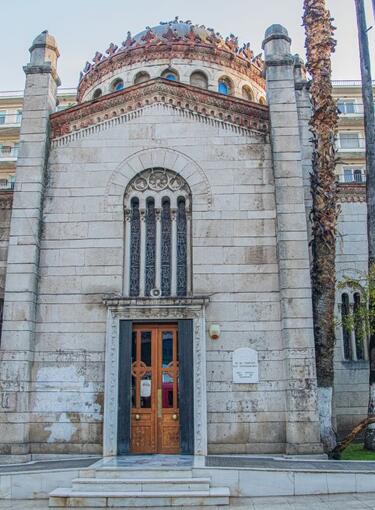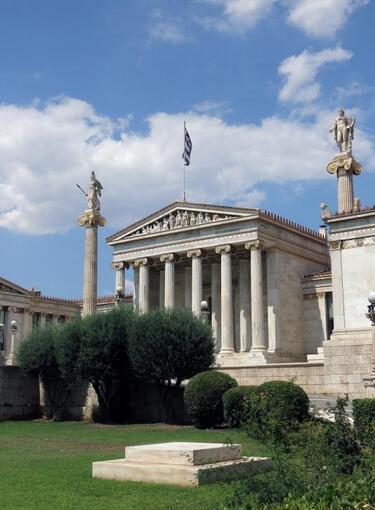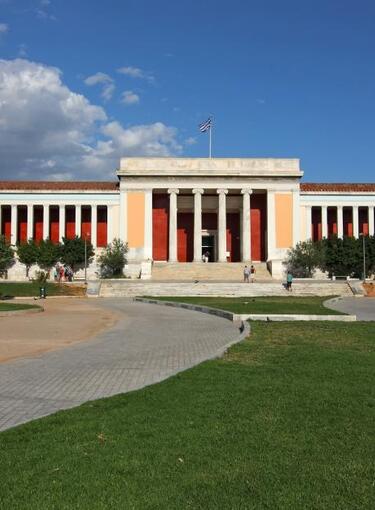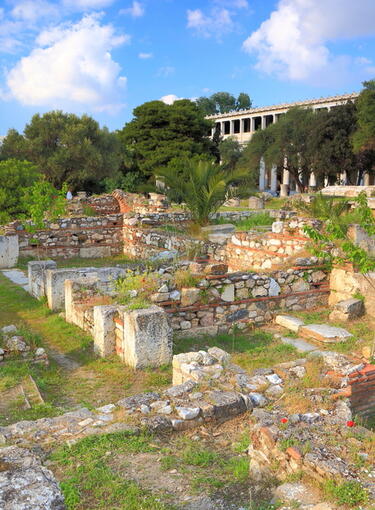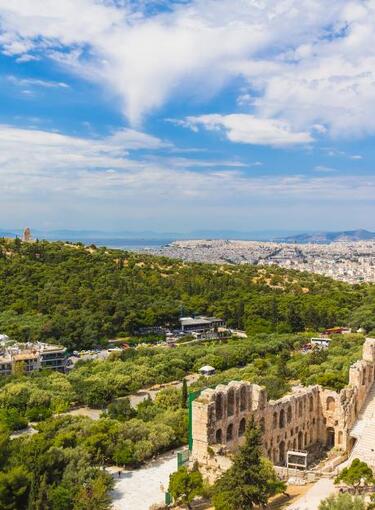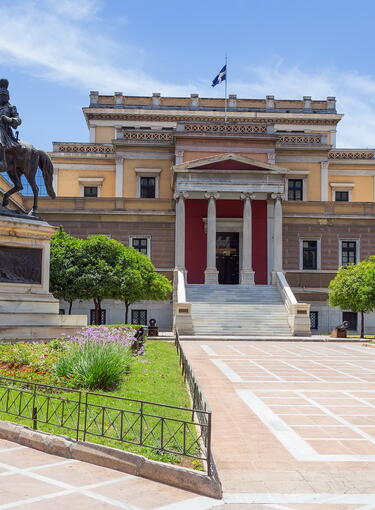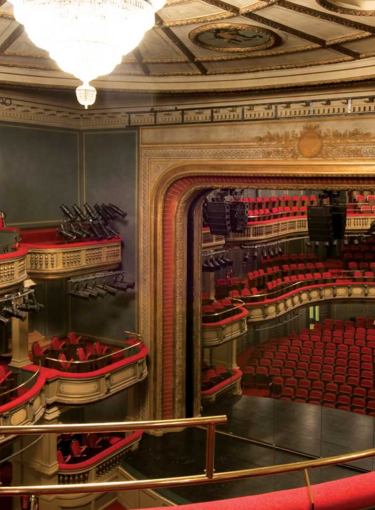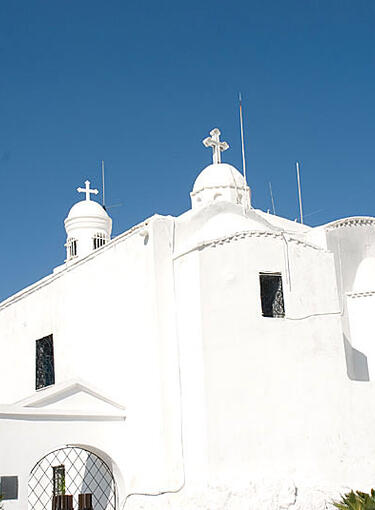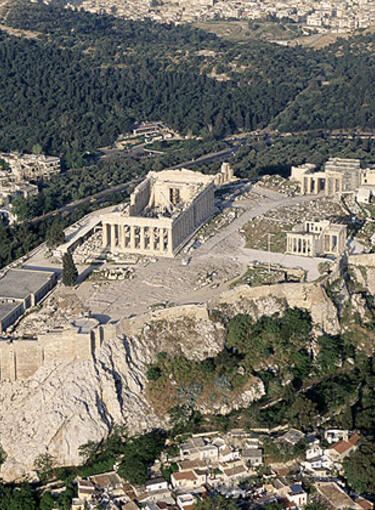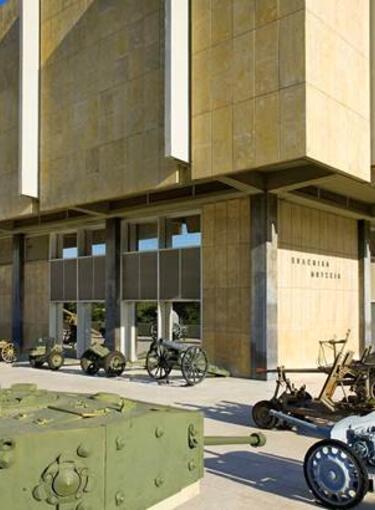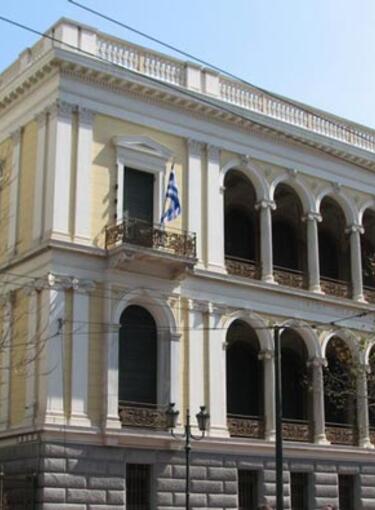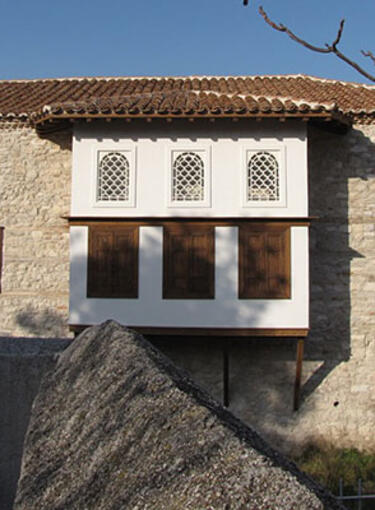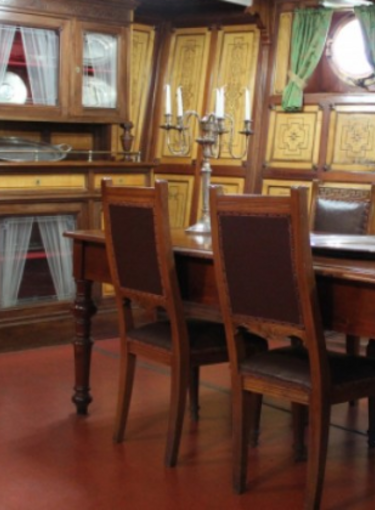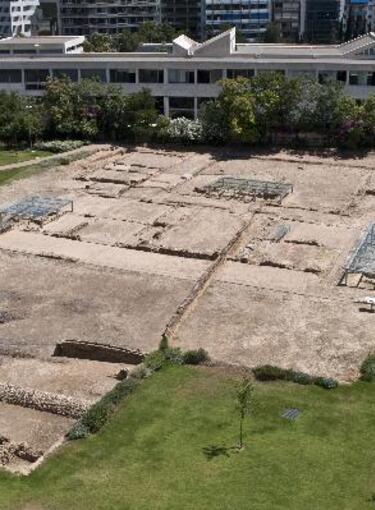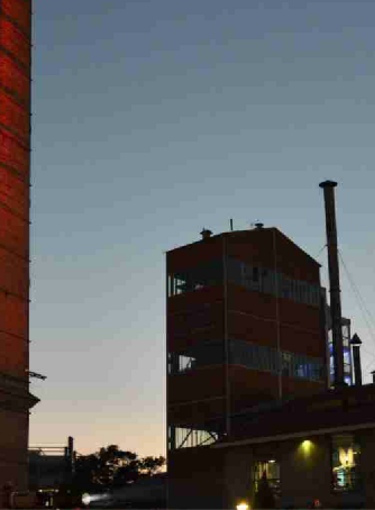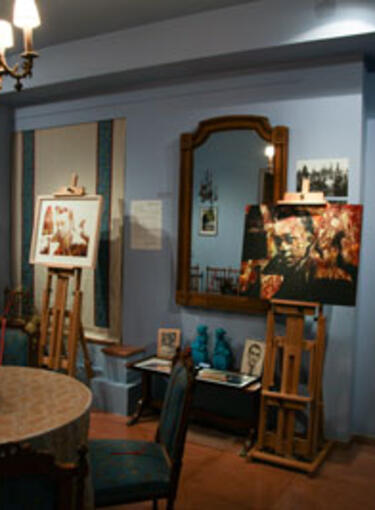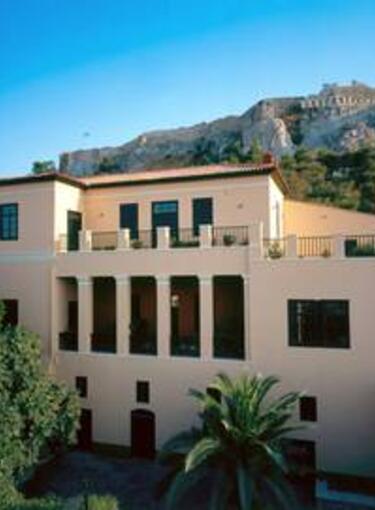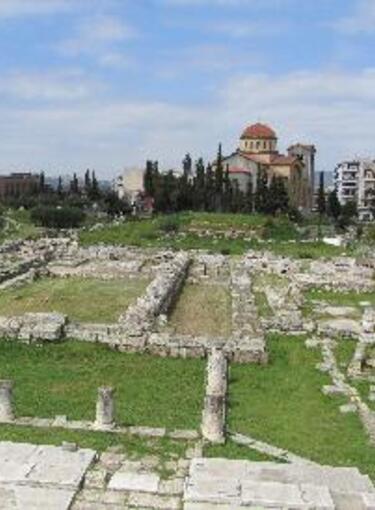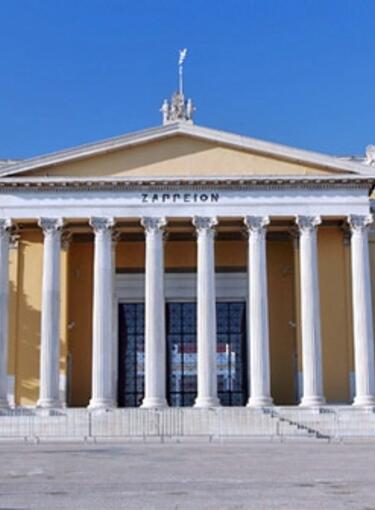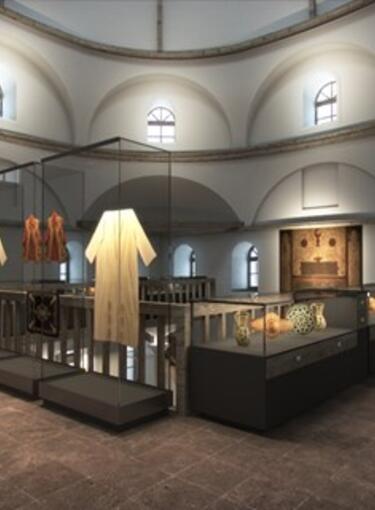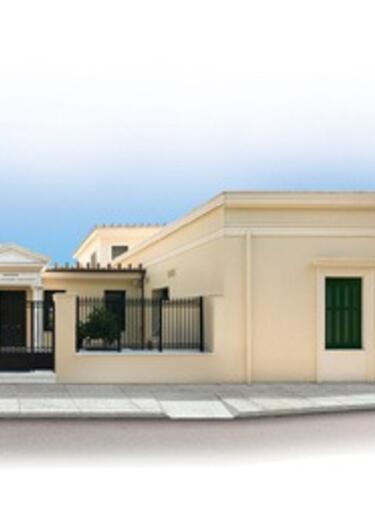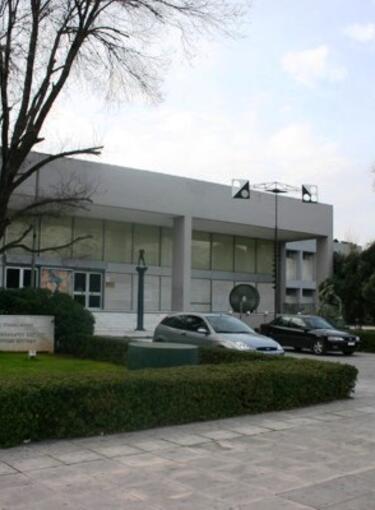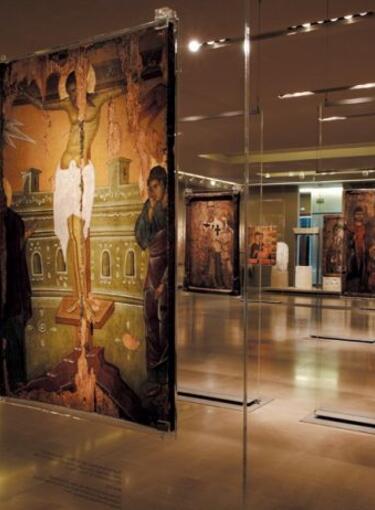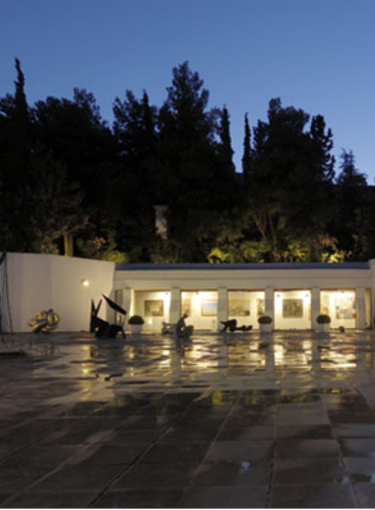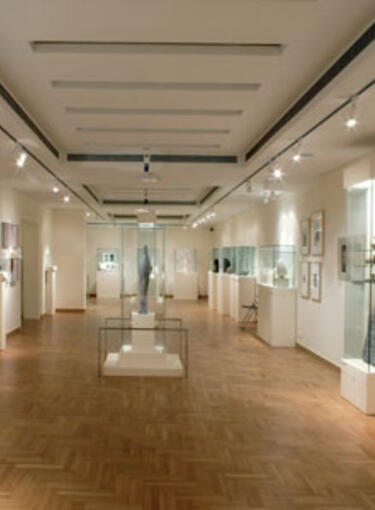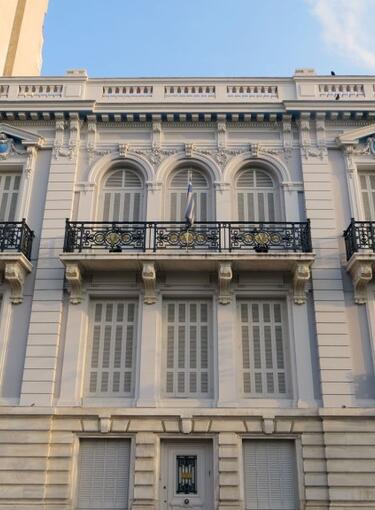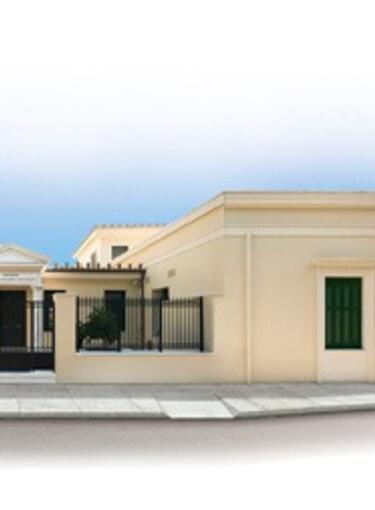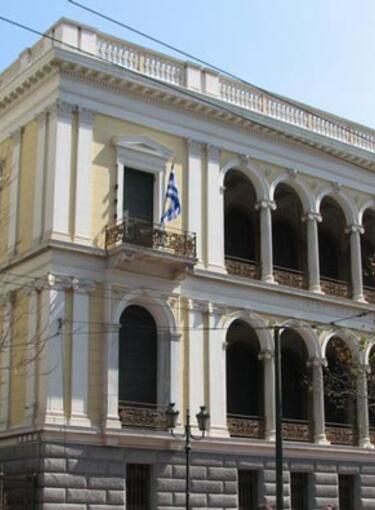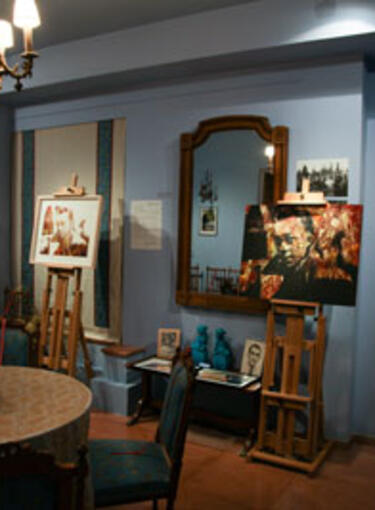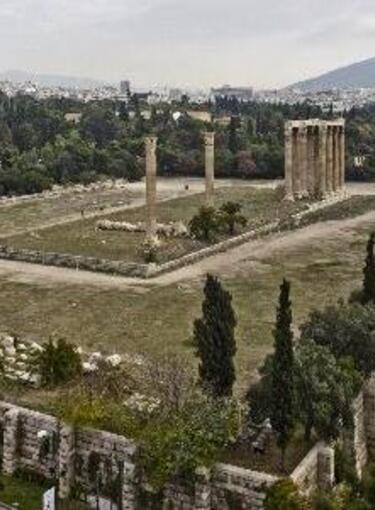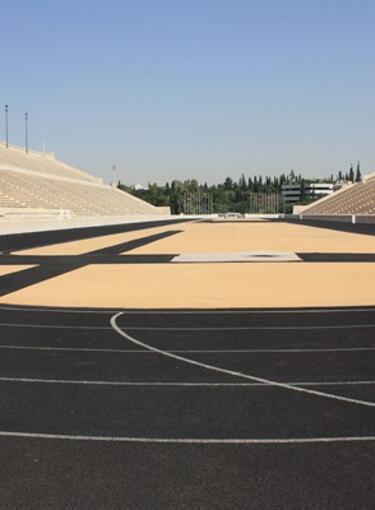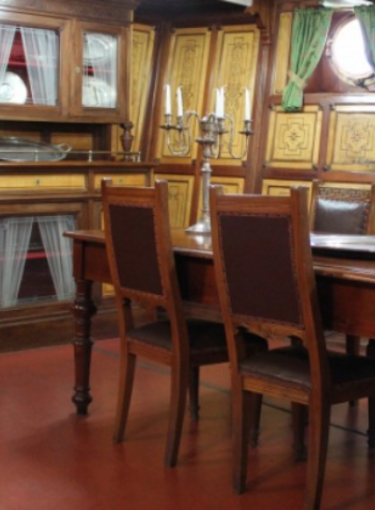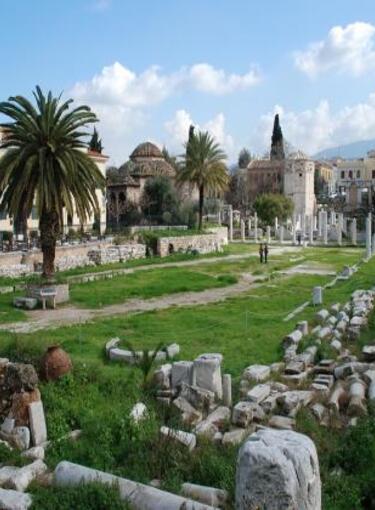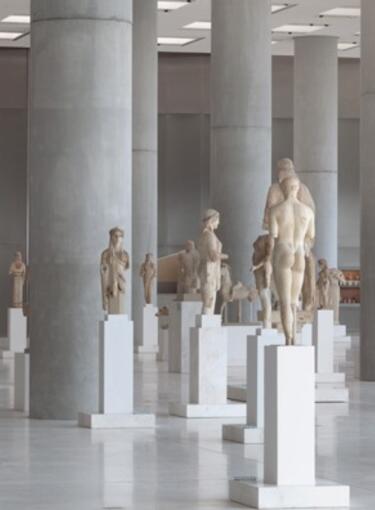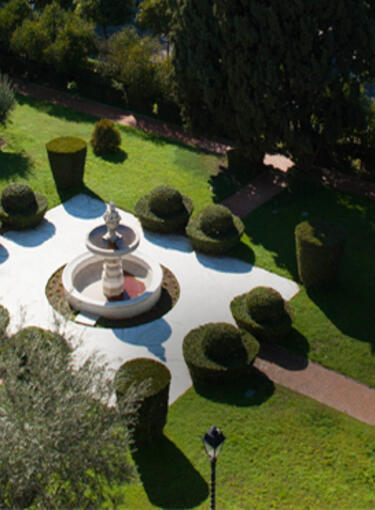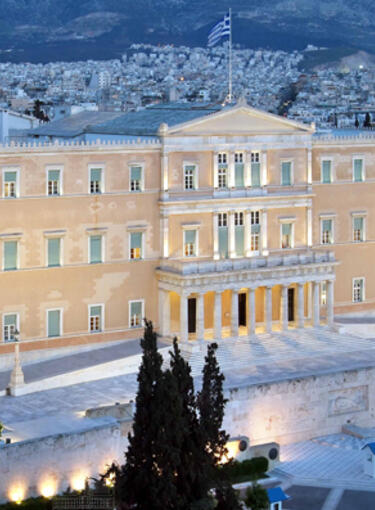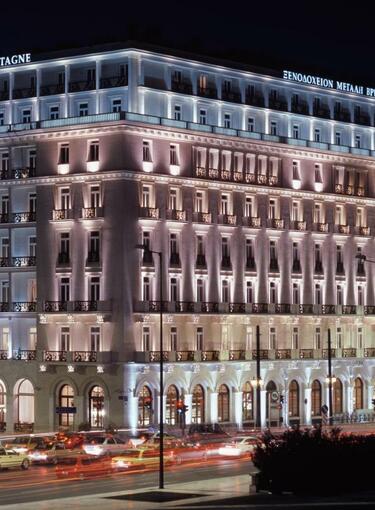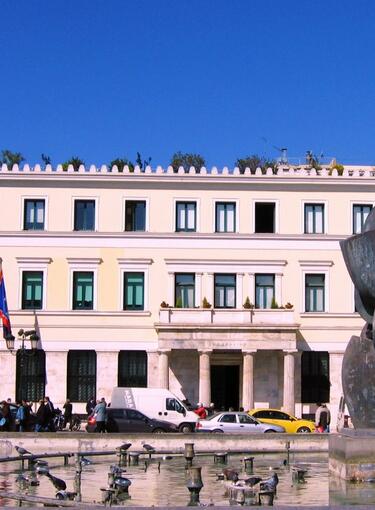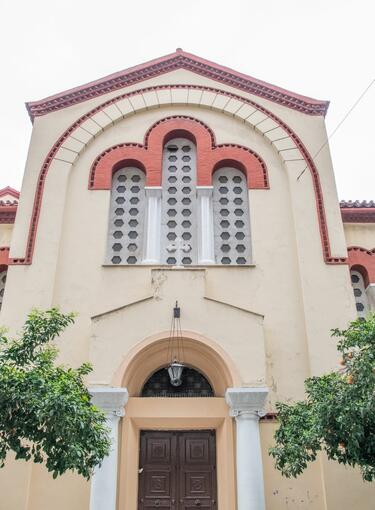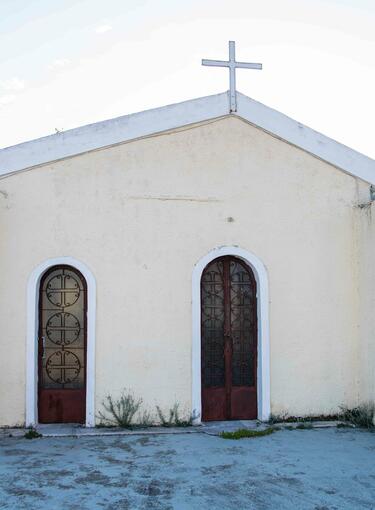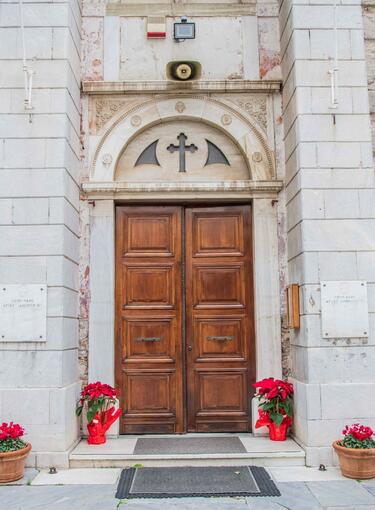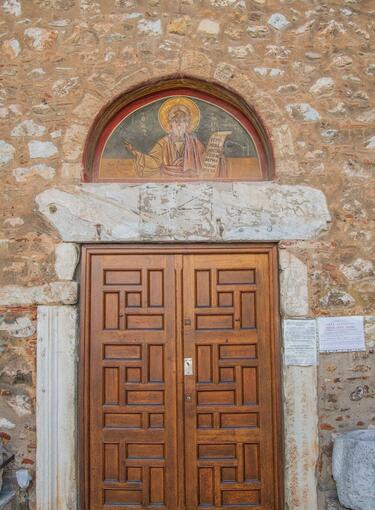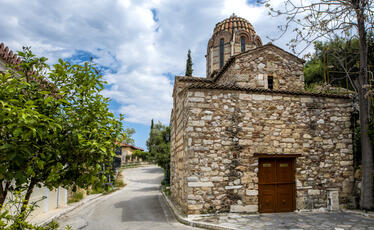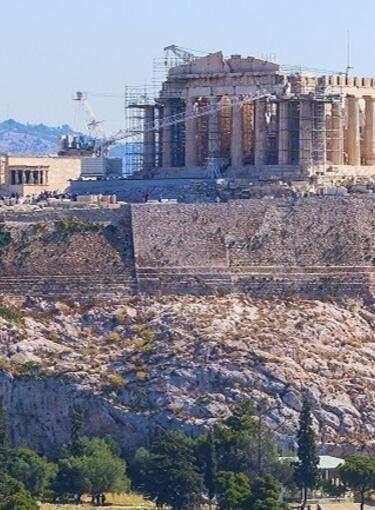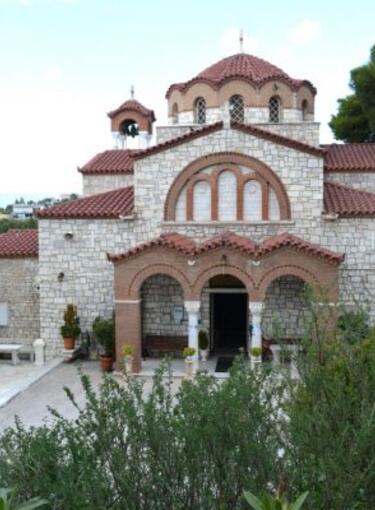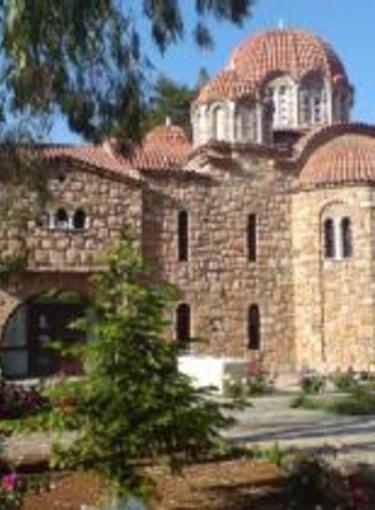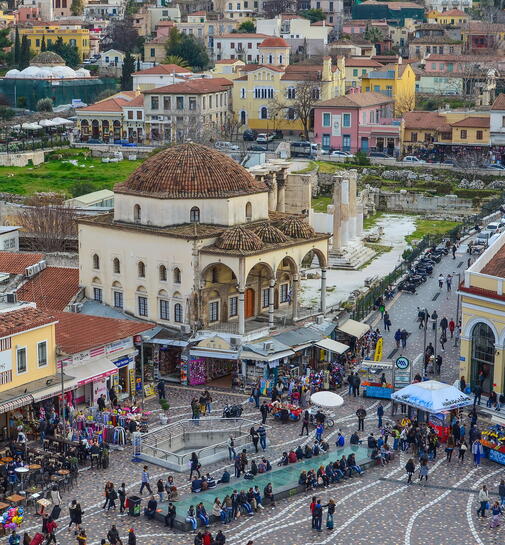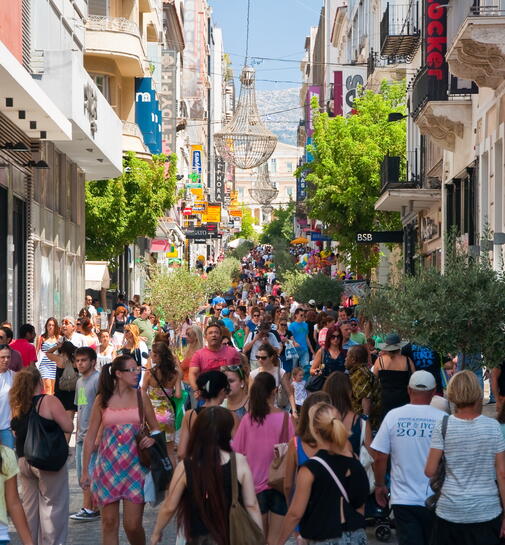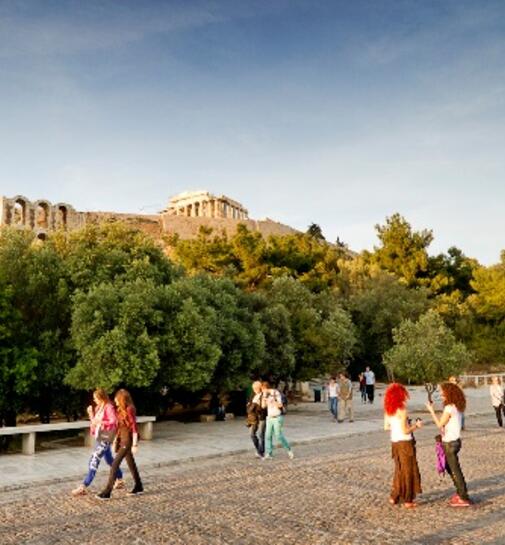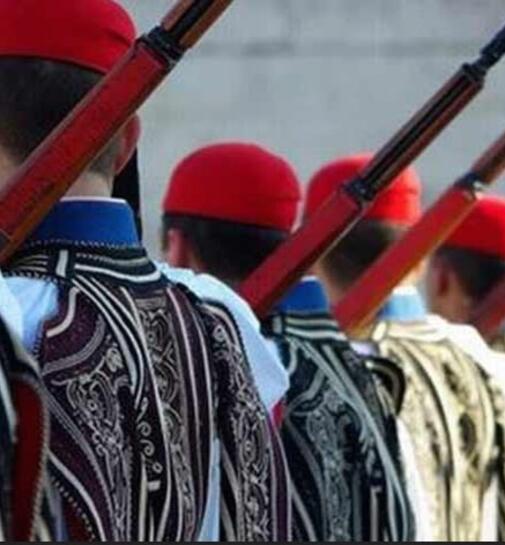The church of Agios Nikolaos Rangavas is situated in Prytaneion street, in Plaka, in the oldest neighborhood of Athens, where one can admire unique buildings from various periods.
The church dates from the second half of the 11th century.
The owner of the church was Leon Ragkavas, whose name is written on a small column that was found in the dome. It is possible that there is a relation of Leon Ragkavas with the family of the emperor Michael I Rangabe (811-813).
The history of the church is a turbulent one, since in 1687, during the siege of the Acropolis by the Venetian Morosini, part of the monument was destroyed by a cannon ball. As most of the Athenian churches, Agios Nikolaos Rangavas has seen a lot of architectural interventions. Among others, the chapel of Agia Paraskevi was added to the south side. From the Byzantine period the northern side and the dome of the church still survive.
Architecturally it belongs to the type of the simple, four-columned, cross-in-square church with an “Athenian” type dome, and has been constructed with the characteristic, for Byzantine monuments, cloisonné masonry, where the stones are framed by bricks.
Even though it has seen many changes through the years, it is considered one of the most important Byzantine monuments in Athens and is definitely worth visiting.
Church of Saint Nicholas Rangavas [Agios Nikolaos Rangavas]
Emerging through the foot of the rock of the Acropolis, built on the northern fringes of the hill, the historical church of Agios Nikolaos Rangavas, looking towards Lycabettus Hill for more than ten centuries. The church is located on Prytaniou Street and marks topographically, the boundaries between the settlement of ‘Anafiotika’ and the wider district of Plaka.
According to the experts, the building of the church is dated within the latter half of the 11th century A.D., as moreover evidenced by its older architectural members, its decorative features and its resemblances to other churches of the same era.
The name ‘Rangavas’ is due to the renowned and prominent family of Athens and Constaninople, of the Byzantine era, of the ‘Rangavades’, whose members erected the Church, selecting, as a site, the most aristocratic in the Medieval Era district of Athens, next to the fortification wall of the Acropolis. The undisputed connection of the name to the Rangavas family, is established by the disclosure of an engraved and evocatory 11th century inscription on the dome, in which the name of Leontios Rangavas is inscribed: (ΥΡΙ)Ε Ω/ΗΘΗ/ΤΟΥ Δ/ΟΥΛ/(ΟΥ)/Λ/ΕΩ/(Ν)Τ(ΙΟΣ)/ΡΑΝ/ Α/ Α.
The architectural construction manifests special interest and, despite the deteriorations and damage it sustained through the passage of time, the restoration and consolidation works managed to bring to light the significant, as called by D. Kambouroglou, traces of its Byzantinity.
Out of the first deteriorations reported typical is the one of the subsidence which the church sustained, with the result that it was followed by the elevation of the floor by 30 centimeters approximately, as also the shell which hit the bema during the siege of the city of Athens by the troops of Morosini, in 1687.
The church, a simple four-columned cross-in-square inscribed domed church, sustained, unfortunately, also other even more significant deteriorations and damage. Initially it had a domed, transverse–vaulted narthex and a bell tower which do not survive any more. In modern times in 1838, the chapel of Saint Paraskevi (Agia Paraskevi) was added as well as the matroneum, which is also preserved today. At the west, a narthex with a bell tower was added.
Deformations were caused in all three semicircular apses which loomed on the Bema due to a later and coarse buttress, while the masonry was overlayed with plaster and the dome with black lead coatings. Furthermore, with the manufacture of a new wood-carved templon, approximately half a meter western to the original, the eastern columns were inscribed into the Holy Bema. Last, to the pre-existing columns, also another two were added, as they were regarded as necessary for the support of the church.
Owing to all the aforementioned interventions and deteriorations, the monument, losing its original Byzantine character, in parallel had been subjected to significant damage. Thus, the 1st Ephorate of Byzantine Antiquities carried out from 1979 until 1980 a number of highly important restoration and consolidation works highlighting yet again elements of the Byzantine splendour of the church, by reinstating it, to the degree possible, to its original form.
In particular, the octagonal dome was restored almost in its entirety, the original masonry was unveiled, which is composed by unworked porous stones and boulders, which, according to many scholars, originate from Egina. Specifically, at the northern part of the church, the removal of the coatings, enabled the further repair of the cloisonné masonry. In parallel, at the same side, the restoration of two double-light and three smaller windows was implemented.
The restoration works gave the original inclinations to the intersecting cross arms with the gables of the roof and restored the wooden roof of the western, more recent, part of the monument.
At the end of the works, significant conclusions were drawn on the features of the church. Specifically, the Church of Saint Nicholas Rangavas, is included among the group of Athenian churches covering, chronologically, the era between the latter half of the 11th and early 12th centuries.
The highly elegant dome belongs to the known Athenian style, with an octagonal drum which is highlighted by eight single–light windows. Marble colonettes have been imposed on the groins of the dome, while on the imposts of the colonettes there have been laid marble and beveled arched-shaped cornices.
The statues adorning the courtyard as well as the ones of the interior space attest, in turn, to the correct dating of the monument, while, between the undecorated architectural members located externally to the church, one discerns three members of the templon epistyle which probably composed the original marble templon.
The Roman-era architectural materials which have been incorporated into the Byzantine-era members, such as the Roman capital which supports part of the Holy Altar or the member which composing the buttress at the east of the Church is yet one more exemplar of the building practices followed by the Byzantines of that era.
Unfortunately, owing to the interventions, the original Byzantine religious paintings are not preserved. The ones which are to be seen by today’s visitor are of Western style and were executed during the reign of Otto.
In any case, the historical Church of Saint Nikolaos Rangavas could not pass unobserved. Equally from its Byzantine attributes, the site, but also the pages of the modern history which are devoutly safekept in its interior.
Indeed, the bell which sounded joyously the liberation of Athens by the Ottomans, in 1833, but also the liberation of the city, following one century approximately, from the German occupation troops, belongs to the church and does not pass unobserved by the visitor. Connected to the most glorious moments of the Greek capital, this bell signals, moreover, the historical value of the church.
Informations
Additional
Date:
2nd half of the 11th c.
Season:
Byzantine
Celebrates:
5th & 6th of December
Holy Metropolis:
Archdiocese of Athens
Under the Supervision of:
Ephorate of Antiquities of Athens
Address:
Prytaneiou


